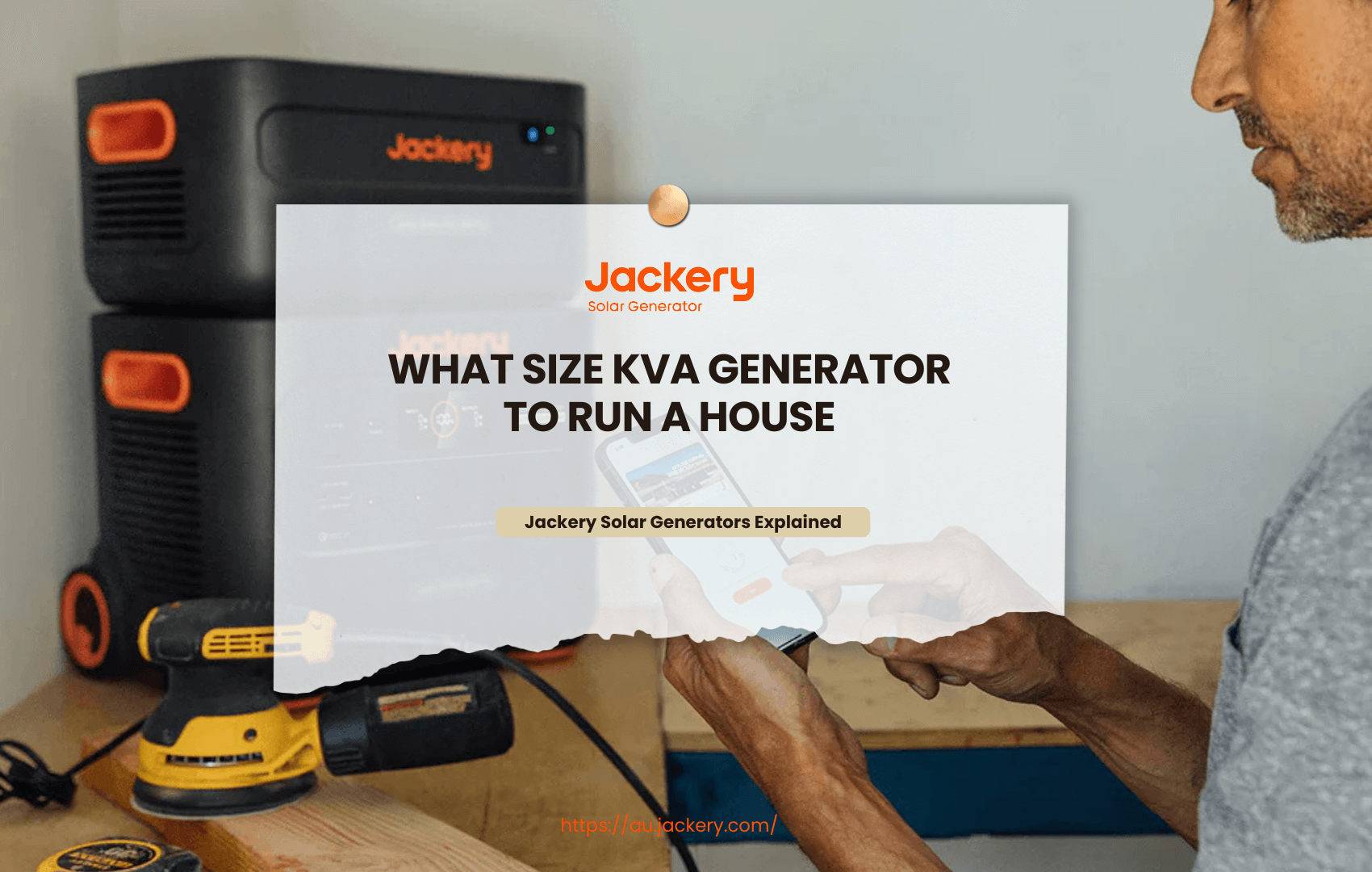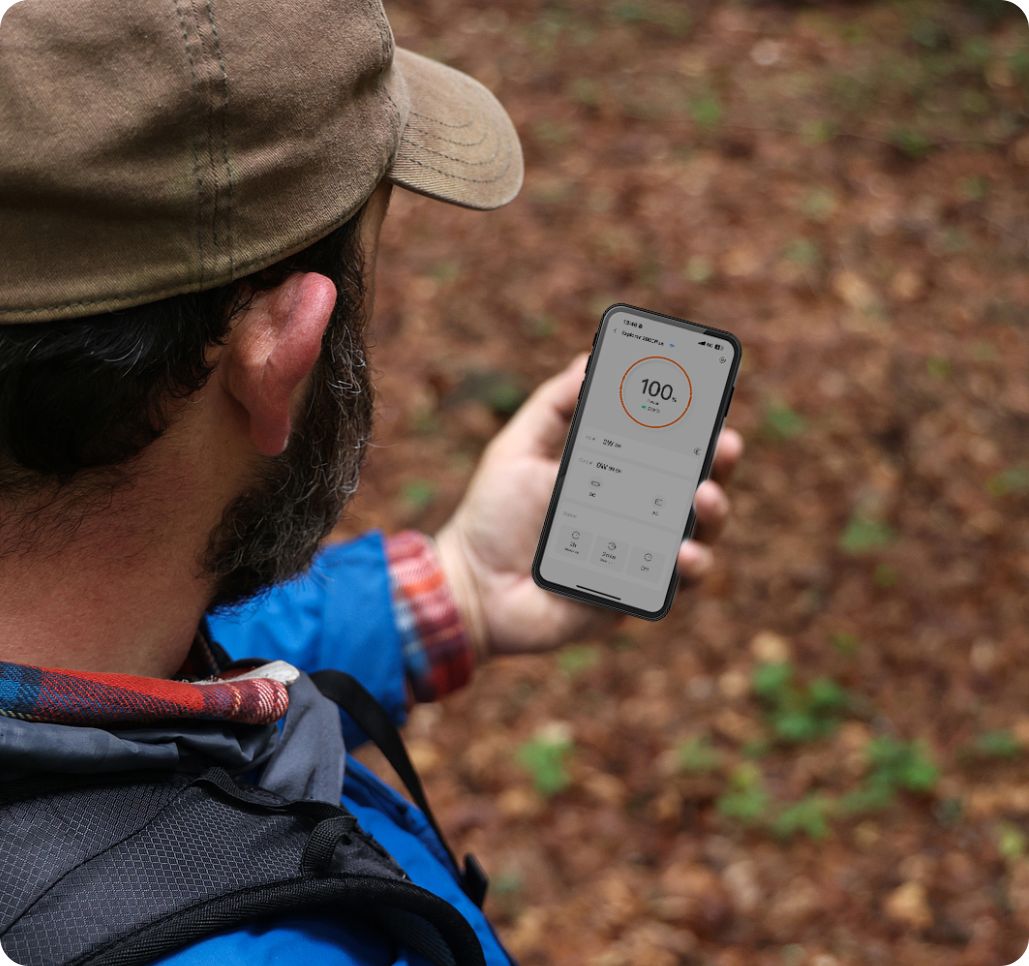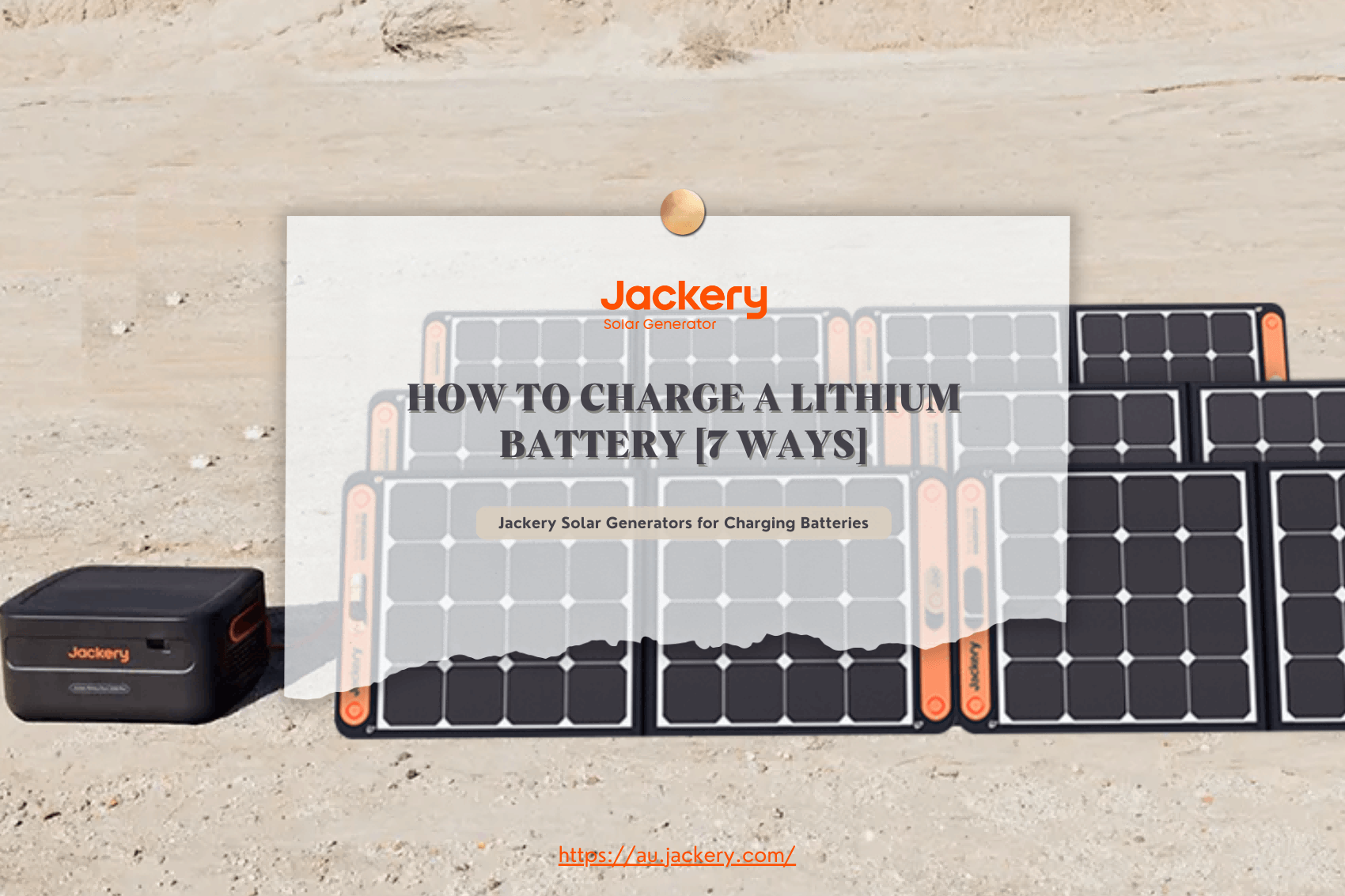|
Key Takeaways: |
|
- Running expenses vary by city; Adelaide has some of the highest electricity prices, whereas Melbourne has some of the lowest. - The average cost of operating an air conditioner in Australia ranges from $0.25 to $0.95 per hour. - Split systems are more efficient for individual rooms, whereas ducted systems are more expensive for whole-home conditioning. - Setting your thermostat to 24C-26C can cut energy use by up to 10% every degree. - Regular maintenance, such as cleaning filters, enhances performance and reduces electricity consumption. - Energy-efficient AC units with high star ratings consume less electricity and have reduced long-term costs. - We recommend Jackery Explorer 2000 Plus and 1000 Plus portable power stations to power your AC, especially in peak hours at your home. |
How Much Electricity Does an AC Use?
The size of your air conditioner determines how much electricity it uses. The power consumption of larger systems, such as central air conditioners, ranges from 3000 to 3500 watts per hour. Portable air conditioners can use anywhere from 2900 to 4100 watts per hour, while smaller window units require between 900 and 1440 watts.
There may be differences even among these size groups. For example, a 1500-watt inverter air conditioner may consume 60 units of power each hour, but a 1000-watt non-inverter unit may require 47.
Keep in mind that these are only estimations. The temperature outside, the temperature you select on your thermostat, and the amount of time you use your air conditioner daily are some additional factors that can impact how much electricity it needs.
Examining your monthly electricity statement is the most excellent way to determine how much energy your air conditioner uses. This will show you the cost and the number of power units you utilised. Based on your AC's size and operating frequency, you may estimate its monthly energy consumption using an online air conditioning running costs calculator in Australia.
Typical Air Conditioner Wattage by Type
|
Type |
|
|
Window Unit |
900-1,440W |
|
Portable Unit |
2,900-4,100W |
|
Split System (single room) |
1,200-2,500W |
|
Split System (large room) |
2,500-4,000W |
|
4,000-6,000W |
|
|
Ducted System |
5,000-10,000+W |
|
Central System |
8,000-12,000+W |
(Data Source: OzAir Group, Global Cool Air, Choice Australia)
Typical Air Conditioner Wattages by Size
|
Size (Cooling Capacity) |
Room Size(m2) |
Typical Wattage Range(W/hour) |
|
2.0-2.5 kW Unit |
Small Room (10-20) |
600-1,000W |
|
3.5-5.0 kW Unit |
Medium Room (20-40) |
1,000-2,000W |
|
5.0-7.0 kW Unit |
Large Room (40-60) |
1,500-2,800W |
|
7.1-9.0 kW Unit |
Extra-Large Room (60-80) |
2,800-3,500W |
|
Ducted System (Whole House) |
Entire Home (100-250+) |
5,000-10,000+W |
(Data Source: Global Cool Air, Choice Australia, Canster Blue)
How Much Does It Cost to Run an AC?
Although it's difficult to pinpoint the precise operating costs of your air conditioner, let's discuss approximate amounts. A 9 kW unit may cost $6.30 per hour at full blast, whereas a 2.5 kW unit might cost just $0.22 per hour under perfect circumstances.
The type of system, local electricity tariffs, and usage patterns are some variables that affect the cost of operating an air conditioner in Australia. To assist you in understanding the average costs in major Australian cities, below is a thorough summary.
Average Electricity Rates by City (2025)
|
City |
Average Usage Rate |
|
Perth |
30.8c/kWh |
|
Canberra |
26.4c/kWh |
|
Melbourne |
26.3c/kWh |
|
Adelaide |
44.9c/kWh |
|
Brisbane |
31.2c/kWh |
|
Sydney |
35.3c/kWh |
(Data Source: Global Cool Air)
Estimated Annual Cooling Costs by City and Room Size
|
City |
Small Room |
Medium Room |
Large Room |
|
Adelaide |
$78 |
$128 |
$195 |
|
Sydney |
$61 |
$101 |
$154 |
|
Brisbane |
$155 |
$258 |
$396 |
|
Perth |
$54 |
$88 |
$134 |
|
Canberra |
$30 |
$48 |
$73 |
|
Melbourne |
#30 |
$48 |
$73 |
(Data Source: Global Cool Air)
Air Conditioner Running Costs by Type
|
Type |
Typical Wattage(W/hour) |
Estimated Cost per Hour |
Estimated Annual Cost |
|
Split System (2.0-2.5 kW) |
600-1,000W |
$0.25-$0.35 |
$200-$400 |
|
Multi-Split System |
4,000-6,000W |
$0.35-$0.50 |
$300-$600 |
|
Ducted System |
5,000-10,000+W |
$0.60-$0.95 |
$600-$1,200+ |
|
Portable Unit |
2,900-4,100W |
$0.50-$0.80 |
$100-$250 |
|
Window Unit |
900-1,440W |
$0.20-$0.30 |
$150-$300 |
(Data Source: CHOICE, OzAir Group)
Which Type of Air Conditioner Is the Cheapest to Run?
Split system air conditioners are the most cost-effective to operate of all the air conditioner kinds available in Australia. They provide a good blend of energy efficiency and cooling, particularly for single rooms or small regions. Modern inverter versions increase efficiency by altering power to meet the room's needs. While split systems may cost more to install than portable units, the long-term cost reductions make them the preferable choice for many houses.
How Much Does Air Conditioning Cost Per Hour in Australia?
The average cost of running an air conditioner in Australia ranges from $0.25 to $0.95 per hour.
Hourly Running Costs by Air Conditioner Type
|
System Type |
Estimated Cost Per Hour |
|
Split System |
$0.25-$0.35 |
|
Multi-Split System |
$0.35-$0.50 |
|
Ducted System |
$0.60-$0.95 |
|
Window Unit |
$0.20-$0.30 |
|
Portable Unit |
$0.15-$0.25 |
(Data Source: CHOICE, OzAir Group)
How to Calculate the Running Costs of an AC?
The continuous expenditures related to running an air conditioning system, mainly the electricity used in operation, are called air conditioning running costs. In particular, "running" refers to the energy needed to keep the unit operating while it is in use.
These expenses greatly impact Australians' lives, especially during the sweltering summer months when air conditioning use is at its highest. Exorbitant operating expenses can put a burden on household finances and alter patterns of energy use in general.

Use the following calculation to determine the operating costs of air conditioning:
Cost = (Power consumption in kW x Hours of use) ÷ 1000 x Electricity Rate per kWh
The easiest way to determine how much power your air conditioner uses is to use a special meter to measure its electricity consumption. Still, most utility companies already track this information on your monthly bill. By figuring out the wattage of your unit, you can estimate the hourly cost (without accounting for efficiency):
Appliance Wattage (kW) x Electricity Rate ($/hour) = Cost per Hour
Multiplying the hourly cost by how many hours you use the air conditioner daily yields the daily cost. Then, to obtain a monthly estimate, multiply that figure by thirty. For instance, suppose your power bill is 31 cents per hour, and you have a modest room (30 square metres) with an outdated, inefficient 3.5 kW air conditioner. The potential running costs are as follows:
Hourly Cost: 3.5 kW x $0.31/hour = $1.085
Daily Cost (for 8 hours): $1.085/hour x 8 hours = $8.68
Monthly Cost: $8.68/day x 30 days = $260.4
But hold on! This is only a rough approximation. The efficiency of modern air conditioners is significantly higher. You should consider the unit's star rating to obtain a more precise estimate of your expenses.
More than ever, people are worried about their air conditioner's hourly and daily operating costs. Manufacturers have responded to this by creating more energy-efficient devices. As a result of these developments, we now have air conditioners with Energy Efficiency Ratio (EER) ratings. The EER rating enables a more precise cost computation for contemporary, energy-star-rated air conditioners. This is the updated formula:
Unit Capacity (kW) / EER x Electricity Rate ($/hour) = Cost per Hour
Let's go back to our previous example. The cost is significantly reduced if we use a 3.5 kW air conditioner with an EER of 3.21 and the same electricity tariff of 31 cents per hour:
Hourly cost: (3.5 kW / 3.21) x $0.31/hour = $0.338
Daily cost (for 8 hours): $0.338/hour x 8 hours = $2.704
Monthly cost: $2.704/day x 30 days = $81.12
EER-rated air conditioners are far less expensive to run than their older counterparts, as you can see. You can significantly lower your electricity costs by upgrading your unit. In addition to saving money, you'll use less energy to stay cool in Australia's hot environment.
Factors Affect the Running Cost of an AC
A number of factors, such as the type of system, the energy efficiency of the system, the prices of electricity, and the usage patterns, determine the cost of running an air conditioner in Australia.

Factor 1: System Type
The sort of air conditioning system you use has a considerable impact on its operating expenses. Split systems are typically more energy-efficient and cost-effective for cooling individual rooms. In contrast, ducted systems might be more expensive because they cool the entire house, even if only a few rooms are used. Portable and window units are typically less efficient, using more electricity for less output.
Factor 2: Energy Efficiency Rating
Air conditioners marketed in Australia have an Energy Star rating label that allows buyers to compare efficiency. Units with higher star ratings require less electricity to achieve the same amount of cooling. While some devices are more expensive initially, they save money over time due to lower energy consumption. Selecting an energy-efficient system is especially crucial in places with high electricity costs.
Factor 3: Electricity Rates
Electricity rates in Australia vary by state and territory, significantly impacting operational costs. For example, South Australians usually pay more per kilowatt-hour than inhabitants of Victoria or the ACT. This implies that the same air conditioner may cost much more to operate, depending on where you reside. To obtain the best cost, you should evaluate energy providers regularly.
Factor 4: Usage Patterns
The frequency and duration with which you use your air conditioner significantly impact energy consumption. Cooling your home all day or operating it at low temperatures (such as 18C) uses more electricity. Setting the temperature between 24-26C can provide a nice balance of comfort and efficiency. Shorter and more targeted use can save money, such as cooling only occupied rooms.
Factor 5: Climate Conditions
Your local climate determines how often you use your air conditioner. People in tropical or interior places frequently use their systems more than those in colder southern cities. The hotter it is outside, the more work your system has to do to keep your home cool. This causes increased energy use and higher electricity costs during the peak summer months.
Factor 6: Home Insulation
A well-insulated home can greatly reduce air conditioning expenditures by retaining cold air inside. Poor insulation causes temperature loss through walls, windows, and ceilings, causing your system to operate longer. Upgrading insulation or employing thermal curtains can help keep indoor temperatures stable. As a result, your air conditioner works less hard, saving both energy and money.
Factor 7: Maintenance
Regular maintenance allows your air conditioner to operate more efficiently and last longer. Dirty filters, blocked vents, and low refrigerant levels can all degrade performance and increase energy consumption. It is recommended that filters be cleaned or changed every few months and that the device be serviced at least once a year. Preventative maintenance ensures your system operates efficiently and does not consume unnecessary electricity.
Tips for Reducing the Running Costs of an AC
Using an air conditioner during Australia's hot summers can quickly produce high electricity bills. Fortunately, there are practical and straightforward solutions to cut energy consumption while maintaining comfort. By making a few sensible changes and adopting energy-efficient behaviours, you can keep your home cool while saving money.

Tip 1: Set the Right Temperature
Adjusting your thermostat between 24°C and 26°C in the summer compromises comfort and energy economy. Each degree lower can boost energy use by up to 10%. Maintaining this range helps keep cooling expenses under control.
Tip 2: Utilise Fans to Enhance Airflow
Ceiling or portable fans can improve air circulation, allowing you to set the air conditioner to a greater temperature while maintaining comfort. Fans use substantially less energy than air conditioners, making them an affordable alternative.
Tip 3: Regular Maintenance
You can ensure that it operates efficiently by frequently cleaning or replacing the filters in your air conditioner. Clogged filters can impede airflow, forcing the system to work harder and consume more energy.
Tip 4: Seal and Insulate Your Home
When gaps surrounding doors and windows are properly sealed and insulation is installed correctly, cold air is prevented from escaping. Your air conditioner will have less work to do as a result, which will result in a lower percentage of energy use.
Tip 5: Use Curtains and Blinds
It is possible to prevent direct sunlight from entering indoor rooms by closing curtains or blinds during the hottest portions of the day. This creates a cooler environment. Energy is saved due to this reduction in the requirement for air conditioning.
Tip 6: Opt for Energy-Efficient Models
When buying an air conditioner, it is important to seek models with excellent ratings for energy efficiency. It is possible to reduce long-term operating costs using energy-efficient units because they require less electricity.
Tip 7: Smart Thermostat Usage
Utilising thermostats that are either programmable or smart enables a greater degree of control over setting cooling programmes. Saving a lot of money on energy costs can be accomplished by raising the temperature while you are away and lowering it before you return.
Tip 8: Avoid Cooling Unused Spaces
If you want to avoid unneeded cooling, you should close the doors to rooms that aren't being used. By doing so, the cooling impact is concentrated where it is required the most, which results in increased efficiency.
Tip 9: Limit Heat-Generating Activities
It is best to refrain from using ovens, stovetops, and any other appliances that generate heat during the peak heat hours. This contributes to maintaining a cooler temperature inside, reducing the load on your air conditioner.
Tip 10: Schedule Regular Professional Maintenance
When you have specialists maintain your air conditioner, you can rest assured that its components are operating at their highest potential. By doing routine inspections, it is possible to discover and address any problems causing the system to consume more energy.
Tip 11: Use Other Ways to Power Your AC
If you primarily charge your portable power station using solar panels, the electricity used to power your AC would essentially be free after the initial investment in the solar setup. This directly reduces your reliance on grid electricity and lowers your bills. For situations where you're off-grid (camping, RVing), a portable power station, like Jackery Portable Power Station, is often the only way to run an AC without a noisy and polluting generator. While not saving on a traditional bill, it avoids the cost of fuel.

Jackery Portable Power Stations Explained
Choosing a Jackery Portable Power Station to power air conditioners has several potential advantages.
Jackery Portable Power Stations are designed to be portable, allowing you to power an AC unit in locations where traditional outlets are unavailable, such as camping, RVs, or during outdoor events. Unlike gasoline generators, these power stations operate silently, providing a more peaceful environment. They produce no exhaust fumes, making them environmentally friendly and safe for indoor use (with proper ventilation for the AC itself).
Jackery Portable Power Stations come with various AC outlets, USB ports, and DC ports, allowing you to power other devices simultaneously. Many Jackery models can be recharged using solar panels, offering a sustainable and potentially cost-saving way to power your AC, especially in off-grid scenarios or to offset electricity costs.
As discussed earlier, if you have time-of-use electricity rates, you could charge the Jackery during off-peak hours and use it to run your AC during peak hours.

Jackery Explorer 2000 Plus
The Jackery Explorer 2000 Plus offers an expandable capacity ranging from 2 to 12 kWh, making it appropriate to reduce electric bills by powering household appliances at home, especially at peak hours.
This power station can charge 99% of household appliances and electronics, including your AC. The Jackery Explorer 2000 Plus accommodates up to five expandable battery packs, increasing power capacity from 2 kWh to 12 kWh, fulfilling most emergency power needs.
The Explorer 2000 Plus achieves a full solar charge in 6 hours using six SolarSaga 100W solar panels. This power source attains full autonomy through solar energy utilisation for charging, thereby removing dependence on the power grid. The device can be recharged using a wall outlet in 1.7 hours or a carport in 25 hours.
The Jackery Explorer 2000 Plus utilises advanced Lithium Technology, which enhances temperature resistance, thereby ensuring efficient and safe operation of the cells. The integrated cooling system enhances heat dissipation efficiency by 30% and incorporates various protective features, including shock and fire resistance, ensuring a comprehensive, safe charging experience.
|
Jackery Explorer 2000 Plus Working Hours (2-12 kWh) |
|
|
Window AC (900W) |
1.8-10.7H |
|
Portable AC (2900W) |
0.6-3.3H |
|
Split System Single Room (1200W) |
1.4-8H |
|
Split System Large Room (2500W) |
0.7-3.8H |
(*The working hours are only for reference; the actual working hours depend on your usage.)

Jackery Explorer 1000 Plus
Compared to the Explorer 2000 Plus, the Jackery Explorer 1000 Plus, which offers an expandable capacity of 1.26 to 5 kWh, is more compact and better suited for home use. The Jackery 1000 Plus Power Station provides a rated output of 2,000W and a peak power of 4,000W, enabling the operation of essential devices such as your portable AC.
This generator features Dual PD 100W and various output ports (2*2000W AC, 2*USB-A, 2*USB-C, and 1*DC carport), enabling rapid and simultaneous charging of multiple devices. It can provide electricity for your AC during peak hours or any emergency, especially in hot or cold weather.
Employ advanced IBC technology to ensure a rapid solar charging time of approximately 4.5 hours when using four SolarSaga 100W panels. Achieve exceptional serenity through our quiet, zero-emission technology.
The Jackery 1000 Plus establishes new benchmarks for sustainability, being the first in the industry to receive verification from TÜV SÜD. Adopt renewable solar energy, which produces no fumes, emissions, or noise. This solution requires no maintenance, serving as a means to promote sustainable living and decrease carbon emissions while aiding in the preservation of the environment.
|
Jackery Explorer 1000 Plus Working Hours (1.25-5 kWh) |
|
|
Window AC (900W) |
1.1-4.4H |
|
Portable AC (2900W) |
1.4H |
|
Split System Single Room (1200W) |
0.9-3.3H |
|
Split System Large Room (2500W) |
1.6H |
(*The working hours are only for reference; the actual working hours depend on your usage.)

Running Cost of an AC FAQs
The following are the frequently asked questions about the running cost of an AC in Australia.
1. How much does it cost to run AC for 1 hour?
The average cost to operate an air conditioner is between $0.06 and $0.88 per hour. Let's look at the monthly cost of air conditioning (assuming it operates eight hours a day). The most expensive option costs $211.20 a month, while the least expensive is $14.40.
2. Is it cheaper to run aircon all day?
The quick answer is that leaving your air conditioner running all day is more cost-effective. However, this does not imply that you should run it constantly, making your house so frigid that you need a jacket or sweater to stay warm.
3. How much does it cost to use the AC for an hour?
A split air conditioner can consume roughly 480 watts per hour to chill a room efficiently. A centrally ducted air conditioner can cool an entire house using 5000 watts per hour. An hour of operation for a split air conditioner will cost 0.129p.
4. How much electricity does a 1-hour AC use?
Generally, a central air conditioner will need 3000–3500 watts per hour. The power consumption of portable units ranges from 2900 to 4100 watts per hour, whereas window units require between 900 and 1440.
5. Is running the AC expensive?
The equipment that uses the most electricity in your house are air conditioners and HVAC systems. This implies that they are also most likely the most costly item on your monthly energy usage statement.
Final Thoughts
Understanding the exact cost of running an air conditioner in Australia will help you make more informed energy decisions. Small adjustments, such as choosing efficient systems and implementing regular energy-saving behaviours, can result in significant long-term savings. When calculating energy use, remember to factor in your location, system type, and insulation. With the appropriate strategy, you can remain cool without blowing your budget.

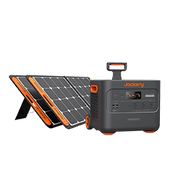
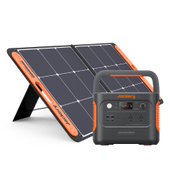
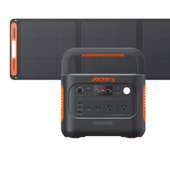

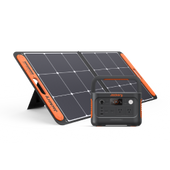


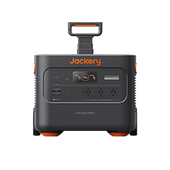
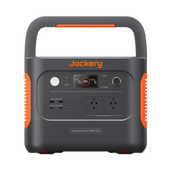

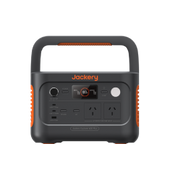
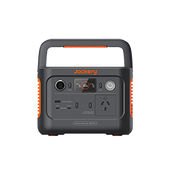
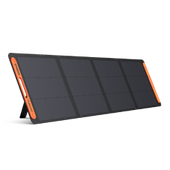
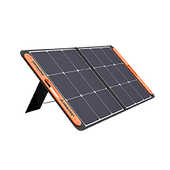


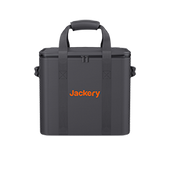

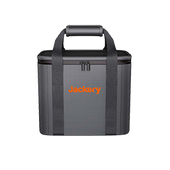
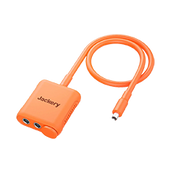
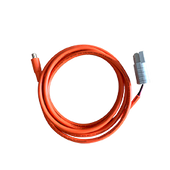
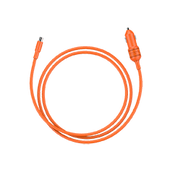
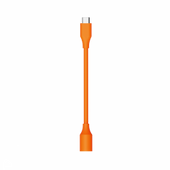
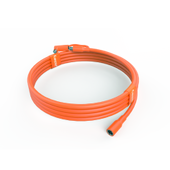





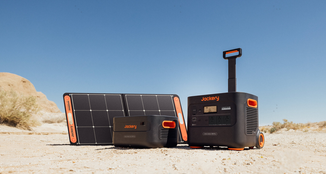


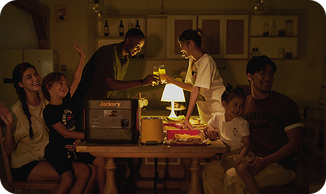

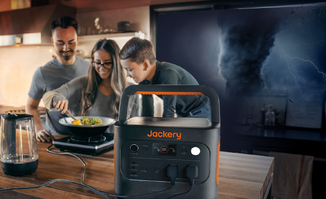
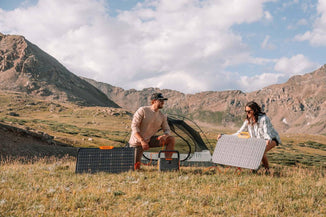
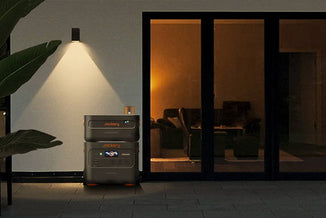






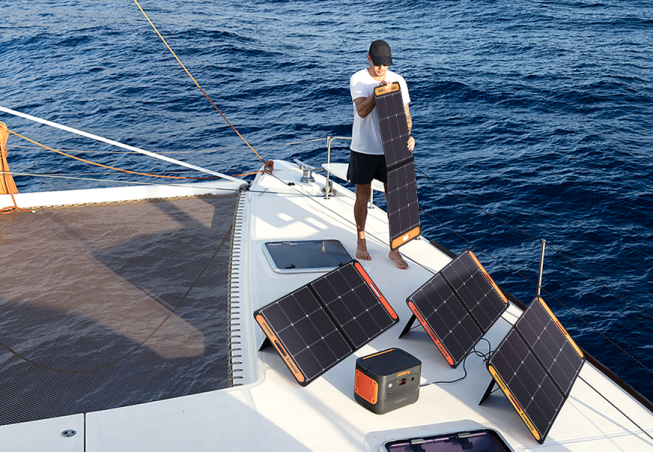


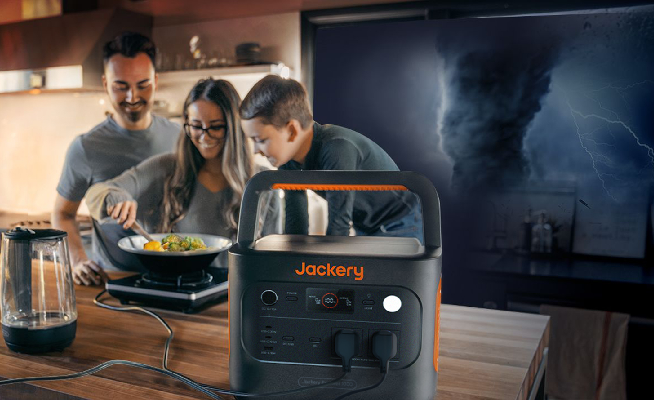
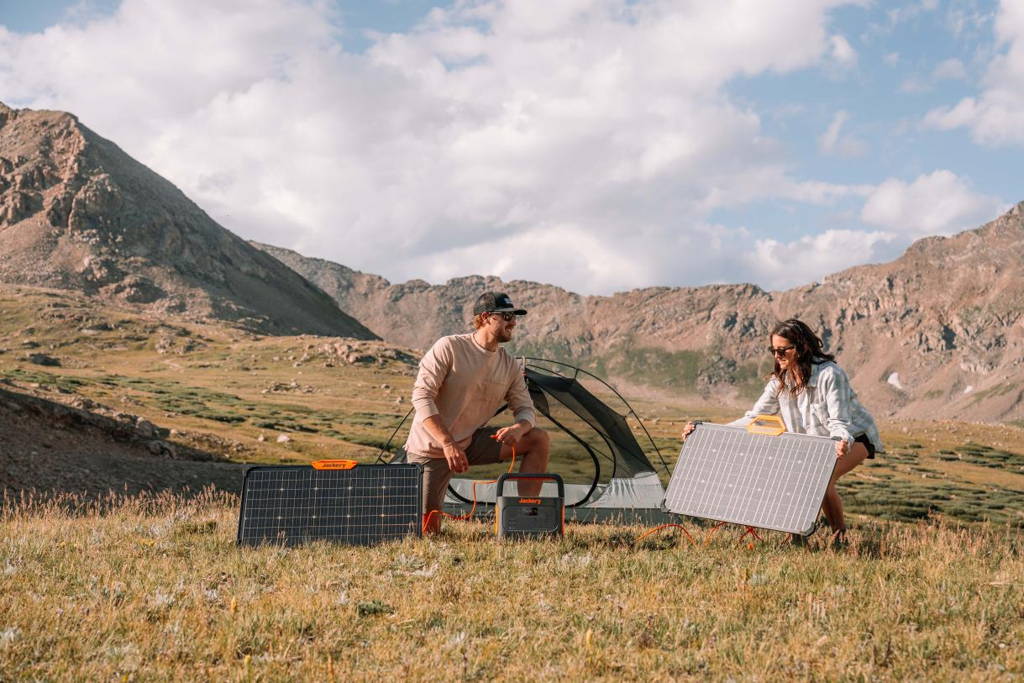

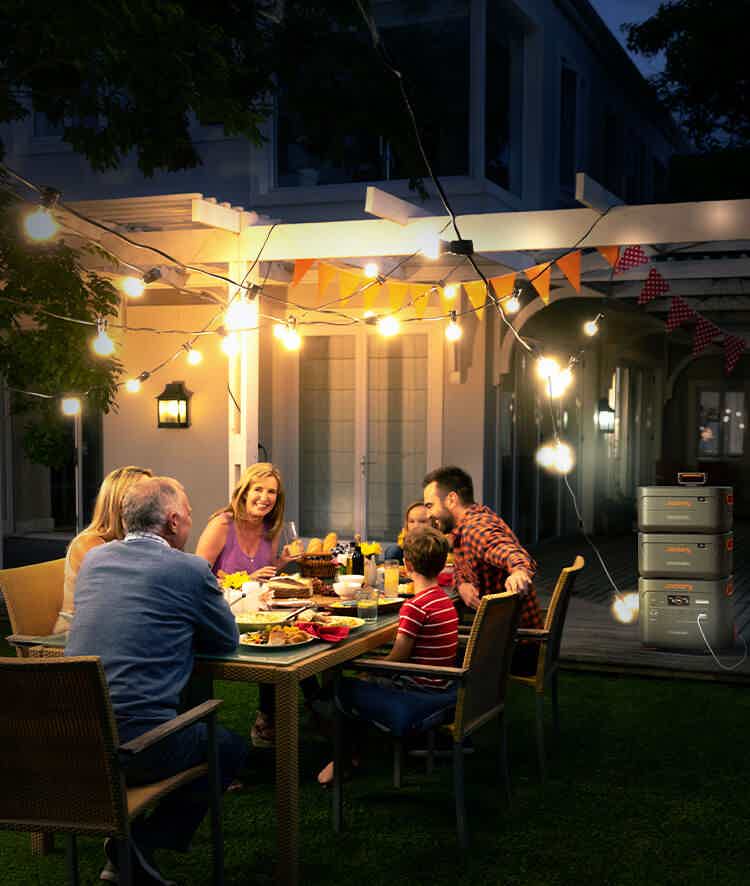
![How Much Does It Cost to Run an AC [2025 Update]](http://au.jackery.com/cdn/shop/articles/how_much_does_it_cost_to_run_ac.png?v=1745920903)




